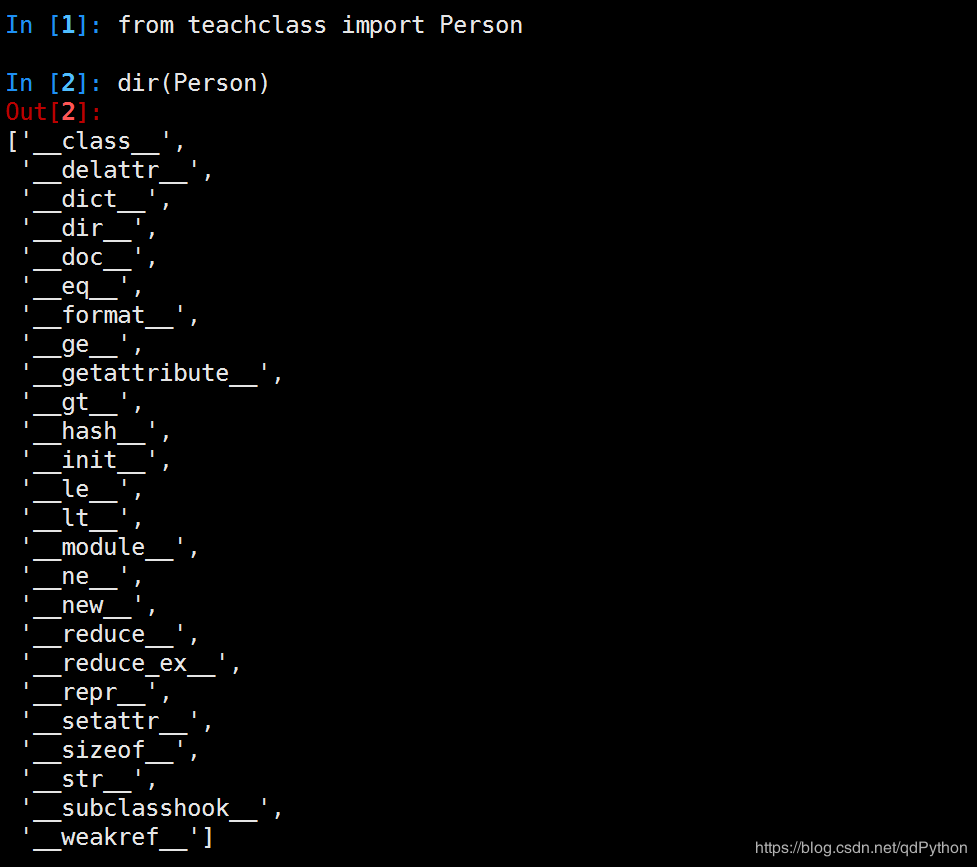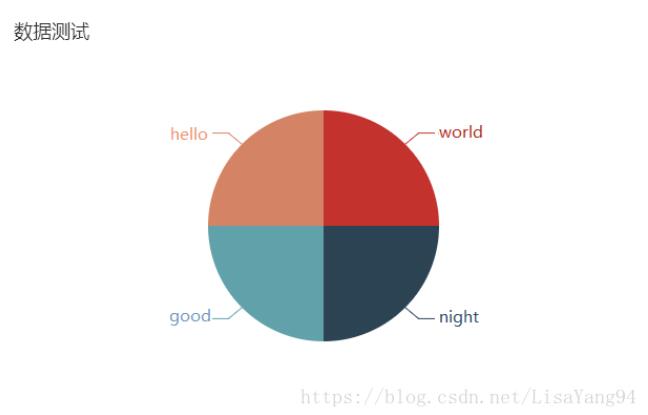django的ORM操作 删除和编辑实现详解
向server端传送数据
有2中方法,1 是 通过url 地址, 2 是通过路径
向server端传参数方式
1,通过数据 http://127.0.0.1:8000/blog/?id=2
2, 通过路径 http://17.0.0.1:8000/blog/20
# url(r'blog/(\d{4})')
删除功能:
在url文件中,创建一个delbook路径, 通过url的地址拿到id实现删除
urlpatterns = [ url(r'^admin/', admin.site.urls), url(r'^$',views.index),#指定一个根目录,也指向index页面 url(r'^index/$',views.index), url(r'^addbook/$',views.addbook), url(r'^delbook/$',views.delbook), -------------------------------------------del删除功能,对应视图函数 #(\d+)分组后,作为参数传给editorbook函数,editorbook(request,1或2 等等) url(r'^editorbook/(\d+)',views.editorbook), ]
在index.html 页面中,点击删除按钮,在href 加上?id={{ book.id}}要删除的书籍,
在get请求时,url加上删除时点击到的id,获取id,就可以删除#}
<a href="/delbook/?id={{ book.id }}" rel="external nofollow" rel="external nofollow" ><button class="btn btn-primary">删除</button></a>
在删除一条记录后,页面的顺序是错乱,在前端显示的是数据库的id,用forloop.counter 默认从1开始循环显示,与数据库的id无关,
<td>{{ forloop.counter }}</td>
{% load staticfiles %}
<!DOCTYPE html>
<html lang="en">
<head>
<meta charset="UTF-8">
<title>Title</title>
<link rel="stylesheet" href="{% static '/bootstrap-3.3.7/dist/css/bootstrap.css/' %}" rel="external nofollow" >
<style>
.container{
margin-top: 50px;
}
</style>
</head>
<body>
<div class="container">
<div class="row">
<div class="col-md-8 col-md-offset-2">
<table class="table table-striped">
<tr>
<th>ID</th>
<th>书名</th>
<th>价格</th>
<th>出版日期</th>
<th>作者</th>
<th>出版社</th>
<th>分类</th>
<th>操作</th>
</tr>
{% for book in book_list %}
<tr>
{# 在前端显示的是数据库的id,用forloop.counter 默认从1开始循环显示,与数据库的id无关, <td>{{ book.id }}</td>#}
<td>{{ forloop.counter }}</td>--------------------按照顺序显示,
<td>{{ book.name }}</td>
<td>{{ book.price }}</td>
<td>{{ book.Date }}</td>
<td>{{ book.auth }}</td>
<td>{{ book.publish }}</td>
<td>{{ book.classification }}</td>
<td>
{# 当前的ip和端口都可以省略,会自动添加,a标签会访问addbook路径#}
<a href="/addbook/" rel="external nofollow" ><button class="btn btn-primary">添加</button></a>
{# 在get请求时,url加上删除时点击到的id,获取id,就可以删除#}
<a href="/delbook/?id={{ book.id }}" rel="external nofollow" rel="external nofollow" ><button class="btn btn-primary">删除</button></a>
{# 取到路径,#}
<a href="/editorbook/{{ book.id }}" rel="external nofollow" ><button class="btn btn-primary">编辑</button></a>
</td>d
</tr>
{% endfor %}
</table>
</div>
</div>
</div>
</body>
<script>
</script>
</html>
在views文件中,编辑delbook函数,
django里的删除和编辑,前提都是 要先找到,利用filter()方法,条件是id或者是name,等都可以,
步骤1,用get的方法,从url路径中拿到id,
步骤2,对数据库的id和要url里获取到的id,对应,就执行delete()方法,就删除指定的记录,数据库也会减少一条记录,
#删除和修改,都是要先找到记录(对象)
def delbook(request):
#先过滤,加上过滤的条件,然后用delete()
#向server端传参数方式
#1,通过数据 http://127.0.0.1:8000/blog/?id=2
#2, 通过路径 http://17.0.0.1:8000/blog/20
# url(r'blog/(\d{4})')
#在前端页面加上id值,{{book.id}}
#通过url获取iD,是get的方法,"id"是url里的key,
id = request.GET.get("id")
#前面的id是表里的字段,把get从地址栏里获取到的id赋值给表里的id,就可以删除
#
Book.objects.filter(id = id).delete()
return redirect('/index/')
=======
ORM的编辑功能
在url文件中创建editorbook路径,和映射到视图函数,
通过访问的路径,拿到id,
urlpatterns = [ url(r'^admin/', admin.site.urls), url(r'^$',views.index),#指定一个根目录,也指向index页面 url(r'^index/$',views.index), url(r'^addbook/$',views.addbook), url(r'^delbook/$',views.delbook), -------------------------------------------del删除功能,对应视图函数 #(\d+)分组后,作为参数传给editorbook函数,editorbook(request,1或2 等等) url(r'^editorbook/(\d+)',views.editorbook),-----------------------------editorbook 编辑功能,对应一个视图函数 ]
编辑一个editorbook页面,
编辑时要获取要编辑的是哪个对象,
比如:blog/20 ,20就是要获取到的id
通过路径 http://17.0.0.1:8000/blog/20
# url(r'blog/(\d{4})')
{% load staticfiles %}
<!DOCTYPE html>
<html lang="en">
<head>
<meta charset="UTF-8">
<title>Title</title>
<link rel="stylesheet" href="{% static '/bootstrap-3.3.7/dist/css/bootstrap.css/' %} " rel="external nofollow" >
<style>
.container{
margin-top: 50px;
}
</style>
</head>
<body>
<div class="container">
<div class="row">
<div class="col-md-6 col-md-offset-2">
{# {{ csrf-token }}#}
{# 以post的方法提交数据,走到editbook 视图函数#}
<form class=editorbook" action="/editorbook/{{ book_obj.id }}/" method="post"> -----------加上从数据库里拿到的id号,
{# 当点击添加按钮时,是执行视图函数,在数据库中添加一条记录,然后再把这个记录添加到index页面#}
<div class="form-group">
<label for="bookname">书名:</label>
<input type="text" class="form-control" id="bookname" name="bookname" value="{{ book_obj.name }}">
</div>
<div class="form-group">
<label for="price">价格:</label>
<input type="text" class="form-control" id="price" name="price" value="{{ book_obj.price }}">
</div>
<div class="form-group">
<label for="Date">日期:</label>
<input type="text" class="form-control" id="Date" name="Date" value="{{ book_obj.Date }}">
</div>
<div class="form-group">
<label for="auth">作者:</label>
<input type="text" class="form-control" id="auth" name="auth" value="{{ book_obj.auth }}">
</div>
<div class="form-group">
<label for="publish">出版社:</label>
<input type="text" class="form-control" id="publish" name="publish" value="{{ book_obj.publish }}">
</div>
<div class="form-group">
<label for="publish">分类:</label>
<input type="text" class="form-control" id="publish" name="classification" value="{{ book_obj.classification }}">
</div>
<input class="btn btn-info" type="submit" value='提交'>
</form>
</div>
</div>
</div>
</body>
</html>
在views文件中,撰写editorbook函数,
表单的提交是post 方法,用post的方法获取到每个输入框的值, 然后保存到数据库
def editorbook(request,id):
# 2, 通过路径 http://17.0.0.1:8000/blog/20
# url(r'blog/(\d{4})')
#通过id获取要修改的对象,在前端中把对象的每个字段属性给value,就可以在input框显示要编辑的值
# book_obj = Book.objects.filter(id = id)[0]
book_obj = Book.objects.filter(id = id).first()
if request.method == "POST":
bookname = request.POST.get('bookname')
price = request.POST.get('price')
Date = request.POST.get('Date')
auth = request.POST.get('auth')
publish = request.POST.get('publish')
classification = request.POST.get('classification')
#方法2 update修改并保存数据 ,name 是数据库的字段,bookname是前端form表单里 的name属性值,把输入框里获取到的值给数据库的字段进行保存,
Book.objects.filter(id = id).update(name = bookname,price = price, Date = Date, auth = auth , publish = publish, classification = classification)
return redirect('/index/')
return render(request,'editorbook.html',{'book_obj':book_obj})
以上就是本文的全部内容,希望对大家的学习有所帮助,也希望大家多多支持【听图阁-专注于Python设计】。


